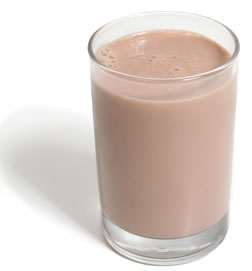It is vital that teens do the best they can to properly fuel and nourish their bodies. During these teenage years, the food that teens are consuming not only affects their present day life, but also the future of their bodies and health.
Healthy eating contributes to the physical and mental growth of teenagers. During this time in teens' lives, the body in undergoing many changes. Eating foods that will benefit the body and help it correctly grow, but it is important to not only eat healthy foods, but also eat different types of food in different proportions. A growing body needs balanced levels of different nutrients to help it grow. Also, at this age, many people are going through growth spurts. It is important that the body is fueled correctly, so a teen doesn't limit their maximum height.
Not only does the decision to eat healthy affect the physical development and looks of a person, but it also has effect on the mental development of teens. The correct sources of food, nutrients, and sugars should be provided to the brain, so that it can develop correctly and maintain its healthy state. An example of affecting a person's brain and mental development (though a bit extreme) is consuming beverages that contain alcohol. It is illegal for teens to drink these substances because it destroys the brain and helps to ruin mental development.
Eating healthy foods during the teenage years is also a time when teens can develop good eating habits for the future. Right now, our family and friends highly influence the way we eat, and there are many unhealthy options (like fast food) that are available for us to eat. It is vital that teens learn now how to make the correct decisions when regarding food because soon, we will be on our own and will have to make our own food choices. Every piece of food consumed can affect the energy level and focus of people. So teens need to learn make choices that will benefit them in school, sports, and other activities.
It is especially important for athletic teens to carefully watch what foods they are consuming and make healthy choices. It is very necessary for athletes to make choices that will help them to perform to the best of their abilities. This blog will help to explain the importance of the different food choices and macronutrients that play a role in the lifestyles of athletic teens.
Sources:














